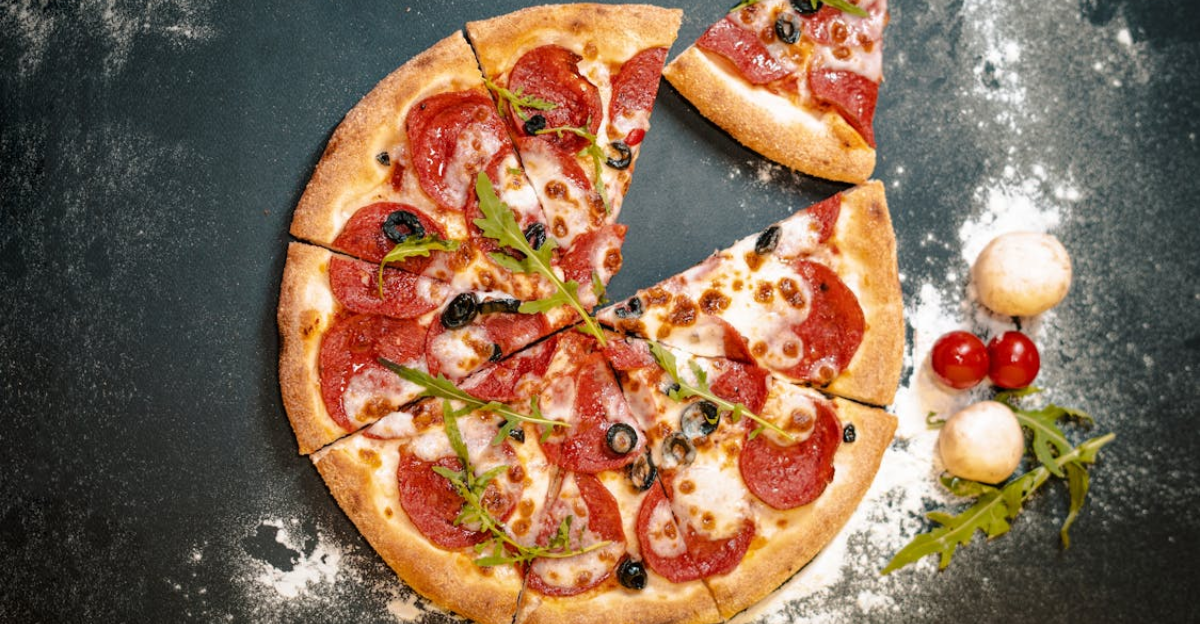
Freshly-made pizzas are always a sign of good times. Unfortunately for a popular pizza chain, those good times are over. E.Y.M. Pizza L.P., a huge owner of many Pizza Hut stores all over the U.S., announced that they’re going through a rough patch. This isn’t just a simple issue… it’s a bright red flag waving among fast-food companies. Things like these happen because of several reasons, like expensive ingredients and staff pay, eventually making pizza chains go through profit problems; with us left wondering if our go-to diner will still serve the best of their slice.
Costs Go Up, Franchisee Files for Bankruptcy

Costs of ingredients such as cheese, flour, and tomato sauce have risen, making it hard for the pizza shops to keep up. Plus, the rising wages for workers and rent costs have turned a pizza place less profitable. Even with steady sales, profits shrink, resulting in location closures and restructuring. Now, for big franchisees like E.Y.M. Pizza L.P., overall cost shoots past what they can handle. They asked for the government’s help through Chapter 11 Bankruptcy Protection last 2024, this being the brand’s way of hitting the reset button while thinking how to survive moving forward.
The Hard Squeeze on Franchisees

These franchise owners are usually caught in an awkward spot. They’re stuck with following the company’s rules as well as paying fees all while needing to make enough money through sales. All these things, so it’s no wonder profits get squeezed when costs rise up. They’re like a clown in a circus, juggling everything from bills to employee salary, and even inventory, while offering products that aren’t too pricey for the consumers. On top of that, loans are harder to be approved these days, with higher interest rates. Everything feels like walking on a tightrope: with just one wrong step, they’d lose big.
Pizza Hut’s Challenges Beyond E.Y.M.
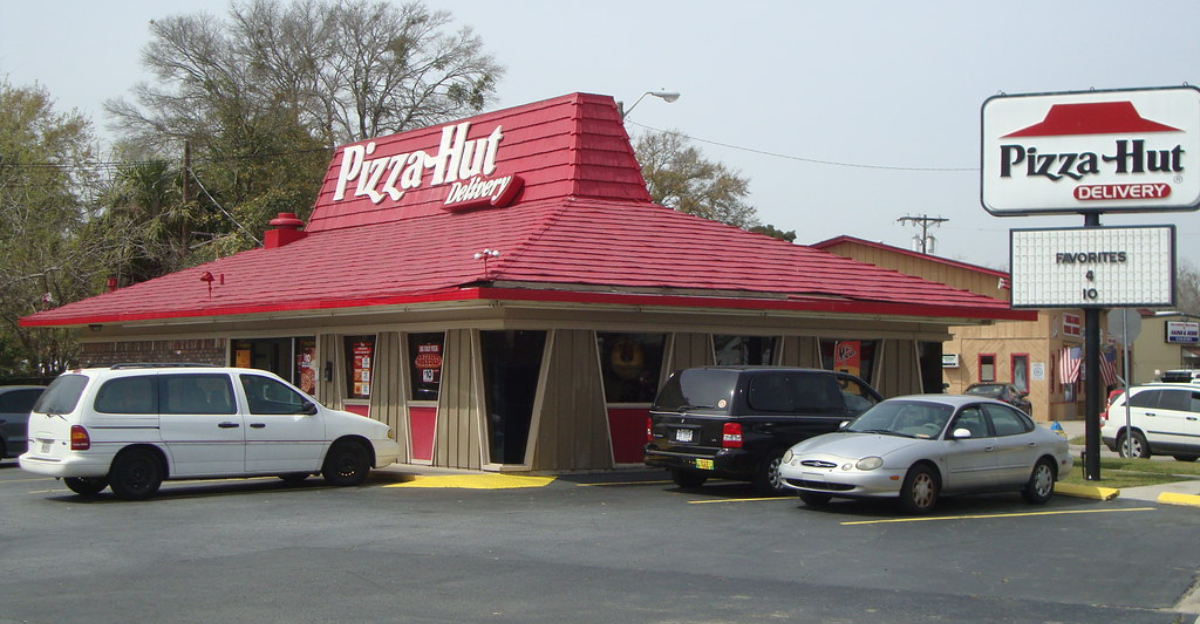
The struggle goes way beyond its franchisees. The shift to delivery and pickup means many older dine-in restaurant models don’t work well anymore. Companies like Pizza Hut need to invest more on updating their stores and incorporating technology to match the consumer habits. Delays in the supply chain made the key ingredients of a pizza harder to get and more costly. Additionally, franchisees’ money issues affect service improvement and store remodeling. With this, Pizza Hut may risk losing customers to their competitors that are more keen to innovation and adaptation in today’s fast-changing market.
Delivery Changing the Pizza Game

Nowadays, people are no longer travelling or walking on foot to reach their favorite pizza spot. Before, you could also call and then pick-up your order in-store, but now, online apps are emerging, leading the customers to buy food online and have it delivered right in front of their homes. Their consumer habits have made the “great move” from people eating at restaurants to online purchasing, making the footprint less and less over time. Sure, it’s convenient for the customers, but it actually puts more pressure on the business, since they need to carry the weight of extra costs for technology, delivery drivers and other factors like third-party services.
Domino’s Also Feeling the Pressures
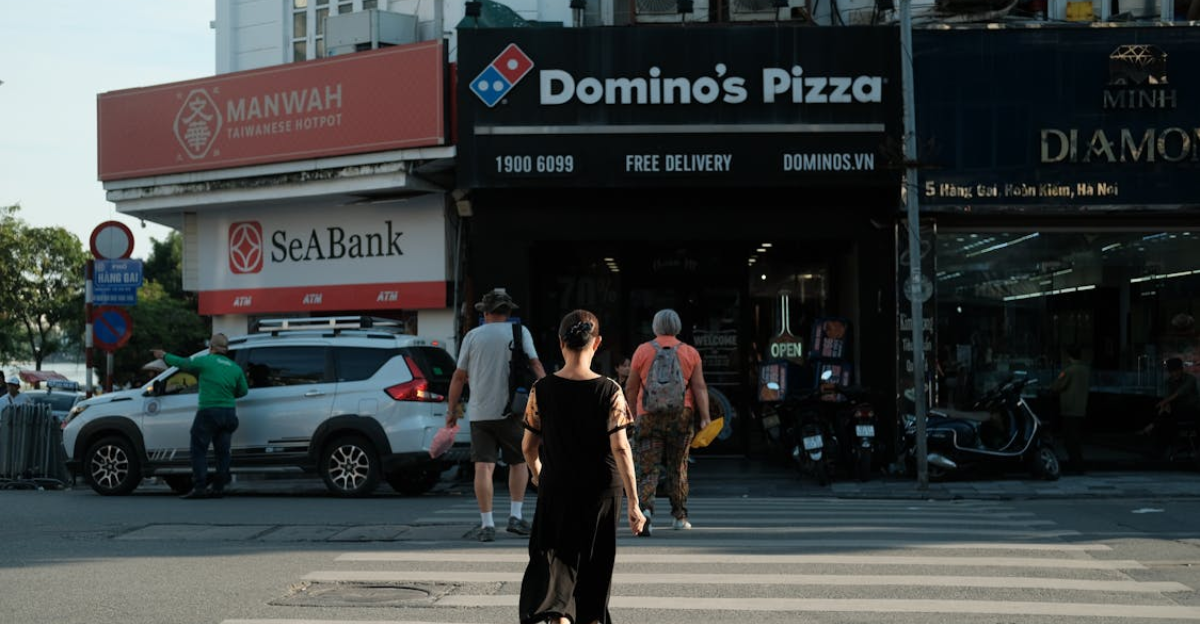
Pizza Hut isn’t just feeling the heat… Domino’s is also experiencing the domino effect of their past sales and situations towards customer satisfaction. They may have placed their efforts on delivery and innovative technology, yet still their sales are just going downtrend. Recent stats say that their sales during the fourth quarter of 2024 only grew 0.4% and failed to reach their projected sales of 1.63%, resulting to 65-70 corporate- owned stores in the U.S. and all 27 of their Danish stores have been closed, as well as more than a hundred locations in Japan (part of 18% owned by Domino’s Pizza Enterprises).
Papa John’s Struggles in Sales
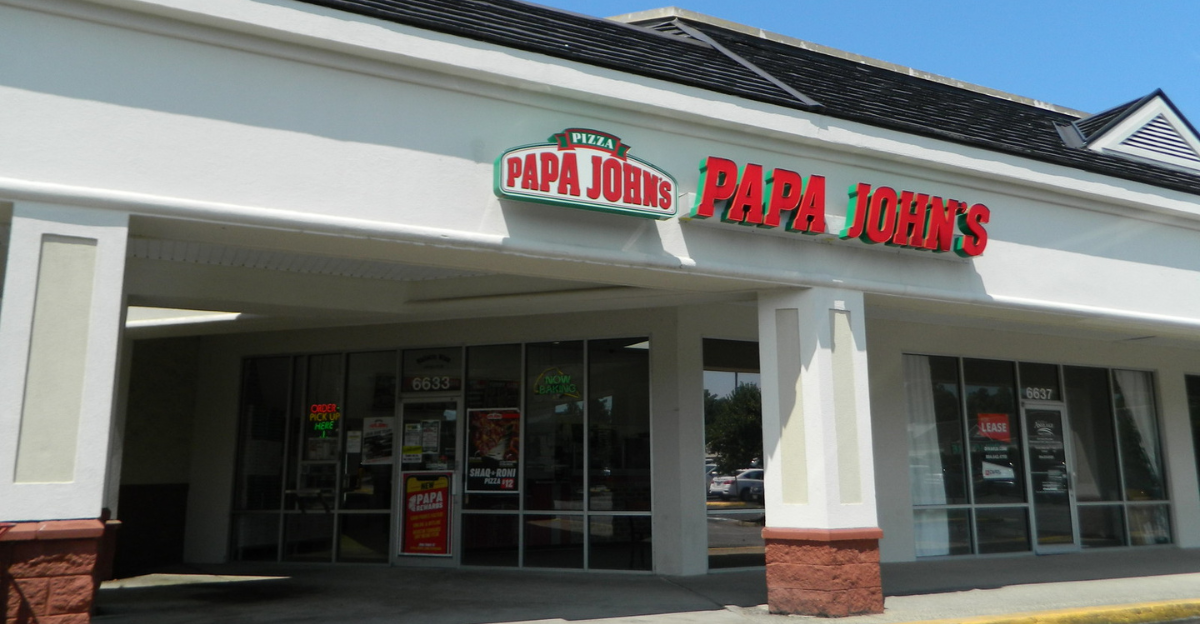
Imagine, one of the top and well-established pizza chains that serves you a wide range of flavorful pizzas over the years is also having a hard time keeping up with the customer? Even Papa John’s also has its fair share of struggles in sales, where they tried different strategies but still, up to no good. Their earnings aren’t improving, and actually less than 4% of their ideal percentage, with its downtrend since 2021 resulting in a $22 million profit loss. This just shows that no one’s safe when it comes to money issues, be it a small shop or big enterprise.
A Ripple Effect on the Resto Industry
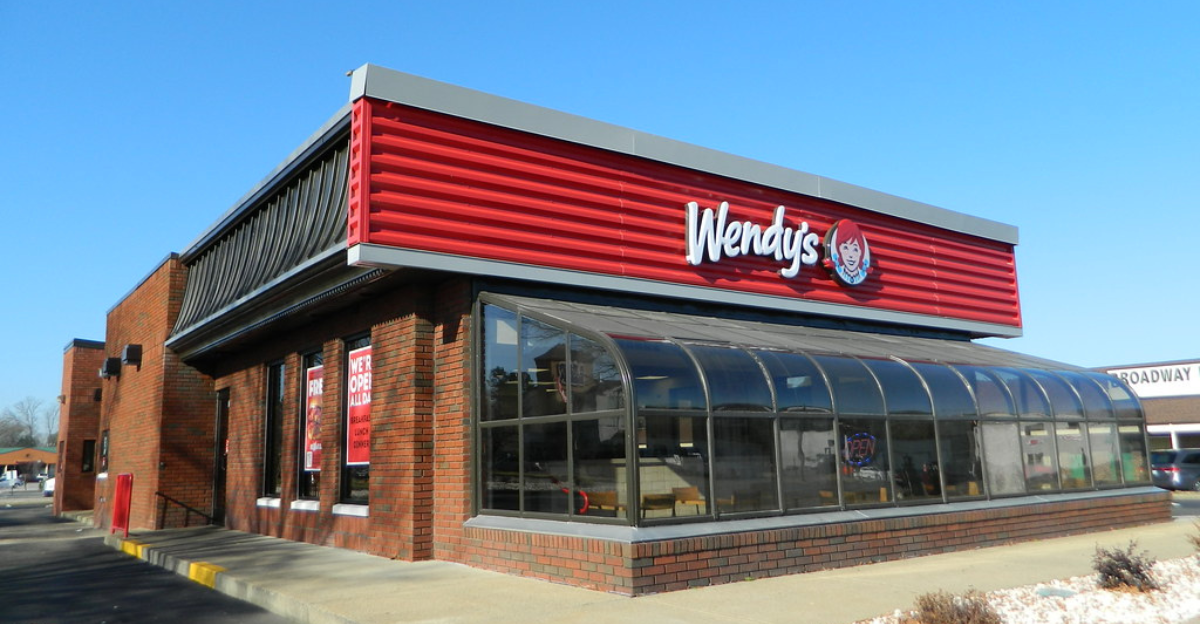
The effects of this news aren’t just limited to pizza chains, but the whole restaurant industry. Several types of restos also experienced their recent trials and tribulations when it comes to market competition in the food industry: full-service like Red Lobsters and TGI Fridays, fast casuals like Hwy 55 and Rubio’s, and even quick-service restaurants such as Subway and Wendy’s, cannot escape the haunting impact of bankruptcy filings and store closures. The reason? It’s all the same: rising cost of everything, from ingredients to operations to labor and salary.
What It Means for Your Slice
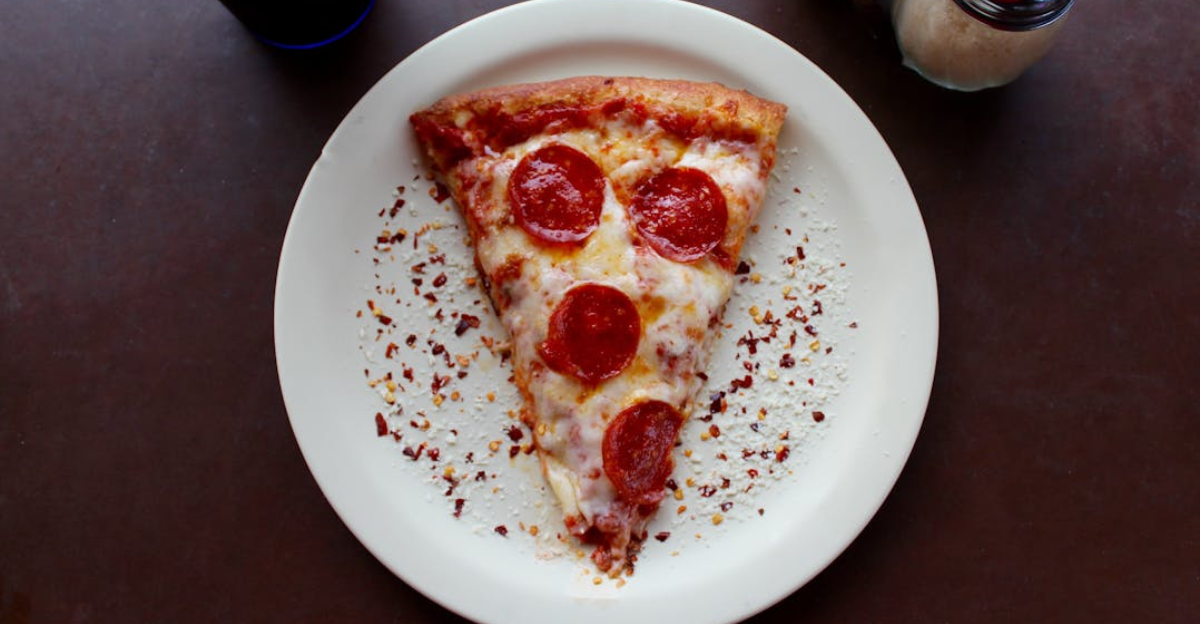
For most pizza lovers, you may notice sudden changes in your pizza experience where either your usuals and their special bundles are no longer available or they cost more now than before. You might also feel longer travel time now that your go-to spot near your house isn’t there anymore. Let’s be honest: who spends a long drive just going to the nearest branch of their favorite pizza place when there are other options within the perimeter? The thing is, the majority of these pizza chains aren’t going to back down just yet, but still they’re navigating through the great shift in consumer spending habits and food market trends.
Adapting or Closing Future of Pizza
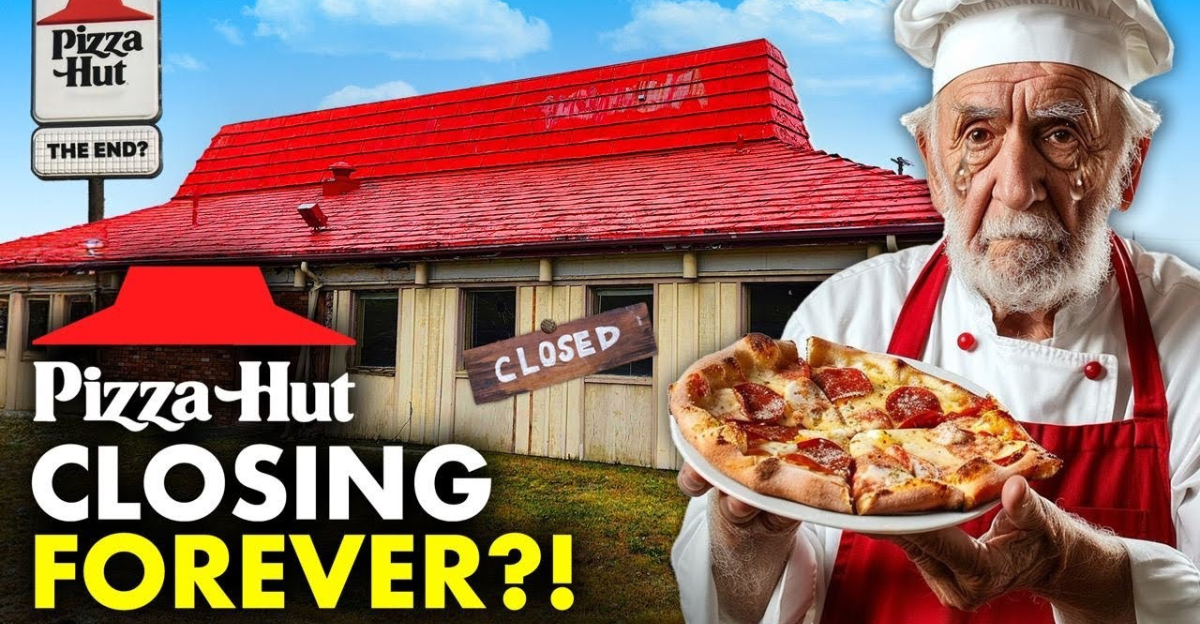
The future of the pizza industry and fast-food business in general lies within the brand’s ability to adapt to abrupt changes. In the greater scheme of things, businesses that adapt new ways of operating are the ones that survive the constant whirl of market trends, while those that don’t are stuck and may even lose their brand itself. With these external pressures, the real question is: who will still win the heart of our pizza patrons? After all, it boils down to the industry’s “survival of the thickest”, where chains have to come up with strategies to top the spot in the future of a highly-competitive market.
